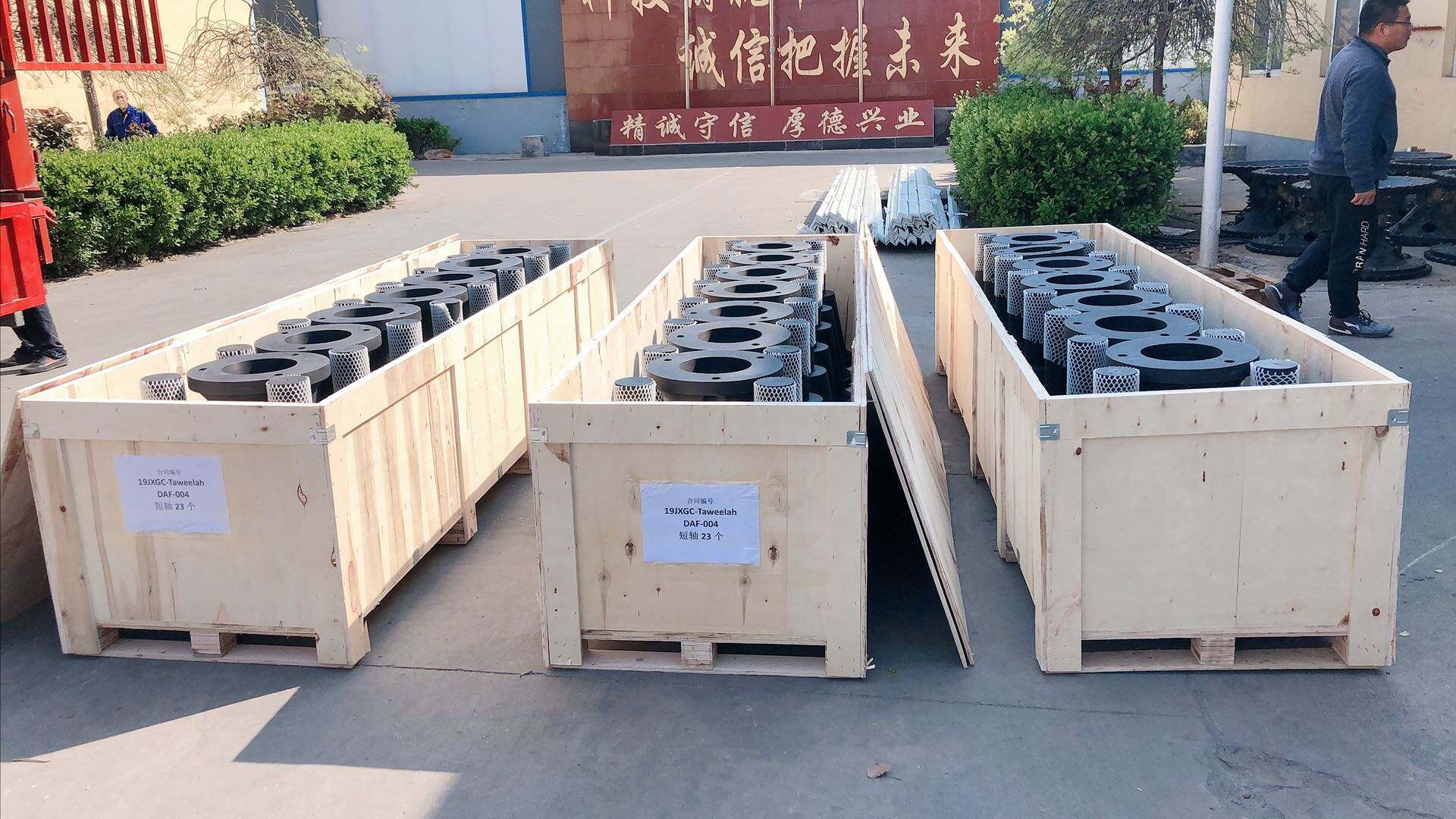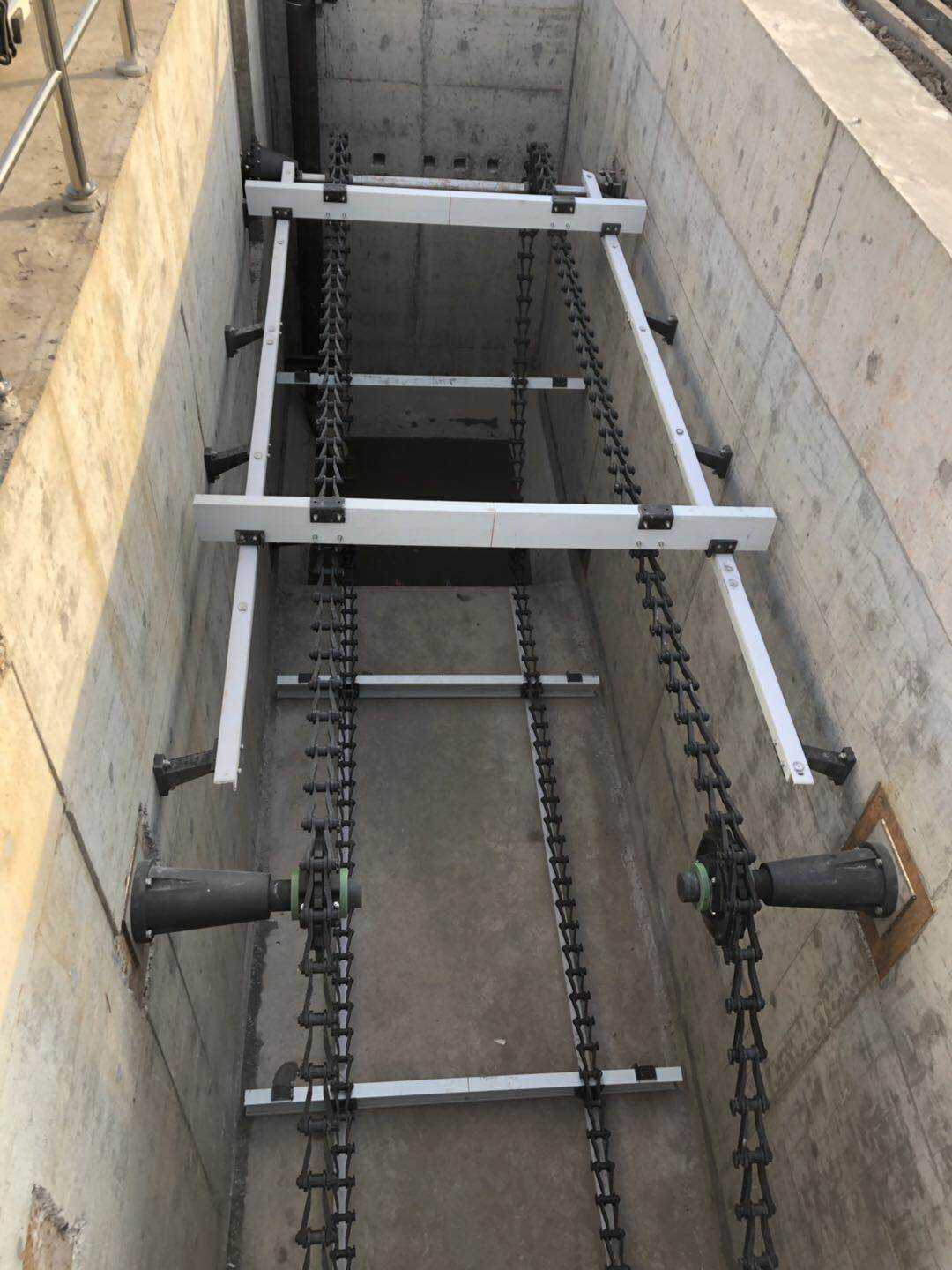
A sedimentation tank scraper is a fundamental mechanical component within the primary and secondary clarifiers of a wastewater treatment plant. Its sole function is to continuously collect settled solid material (sludge) from the bottom of the tank and convey it to a hopper for withdrawal and further processing. The design and operational reliability of this equipment are directly tied to the overall efficiency of the sedimentation process. There are various designs, including chain-and-flight collectors, bridge-supported scrapers that rotate around a central pivot, and traveling bridge collectors. In corrosive environments typical of wastewater treatment, where hydrogen sulfide and other acids are prevalent, traditional carbon steel scrapers suffer from rapid corrosion, leading to high maintenance costs, frequent replacements, and potential process failure. The modern solution is the adoption of non-metallic scrapers. These are meticulously engineered from high-density polyethylenes (HDPE), polypropylenes (PP), and reinforced composites that offer exceptional resistance to chemical attack and abrasion. Our manufacturing focus is exclusively on these advanced plastic scrapers. We design them for smooth, balanced operation that prevents resuspension of settled solids, ensuring maximum clarification efficiency. Their lightweight construction reduces the load on drive mechanisms, leading to significant energy savings. Furthermore, their inherent corrosion resistance translates to a dramatically longer service life and near-zero maintenance compared to metal alternatives, providing a superior lifetime value and operational reliability for any treatment plant. For specific technical data sheets and case studies, please do not hesitate to get in touch with our engineering team.
